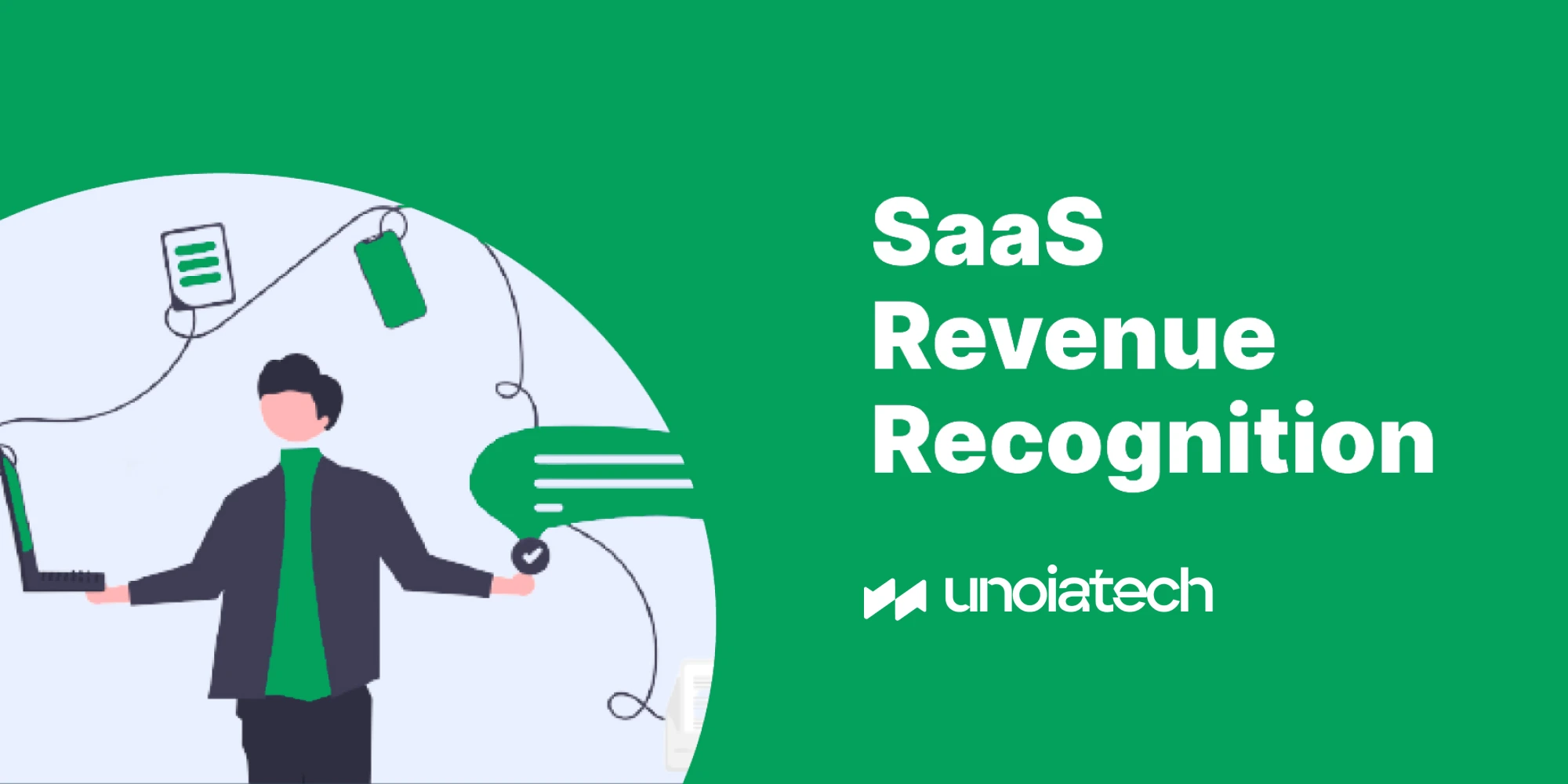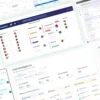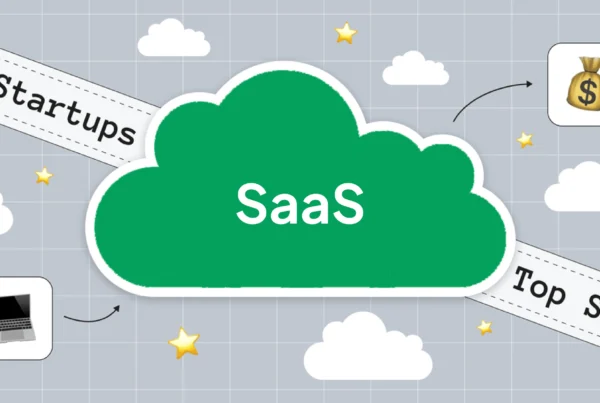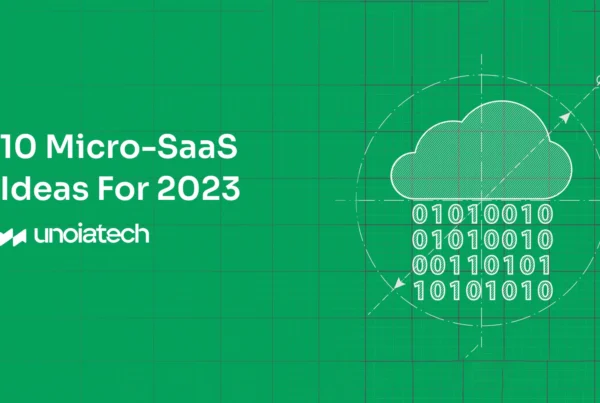
SaaS (Software as a Service) revenue recognition refers to the accounting method used to recognize revenue from the sale of software services on a subscription basis. SaaS companies typically recognize revenue over the term of the subscription, rather than recognizing the entire amount of revenue at the time of sale, as is common with traditional software sales. This is because SaaS customers typically pay for the service on a recurring basis, such as monthly or annually, rather than paying for the entire service upfront.
SaaS revenue recognition is important for CFOs and financial executives because it affects the company’s financial statements and can impact the company’s overall financial performance. The way in which revenue is recognized can affect a company’s reported revenue, income, and cash flow, which in turn can affect the company’s stock price, creditworthiness, and ability to raise capital. Additionally, it is important for CFOs and financial executives to ensure that the company is adhering to accounting standards and regulations when recognizing revenue, as failure to do so can result in financial penalties and damage to the company’s reputation. Properly recognizing SaaS revenue can also help CFOs and financial executives in forecasting future revenue and making strategic decisions for the company.
Different methods of recognizing revenue
- The subscription method: Under this method, revenue is recognized over the term of the subscription, typically on a monthly or annual basis. This method is commonly used for recurring revenue streams, such as SaaS subscriptions.
- The straight-line method: Under this method, revenue is recognized evenly over the term of the subscription. This method is commonly used for subscriptions with a fixed term, such as a one-year contract.
- The deferred revenue method: Under this method, revenue is recognized only when services are rendered or products are delivered. This method is commonly used when a customer pays for a subscription in advance, and the company has not yet provided the service or product.
- The percentage-of-completion method: Under this method, revenue is recognized based on the percentage of the service or product that has been completed. This method is commonly used for long-term contracts, such as those that span multiple years.
- The completed contract method: Under this method, revenue is recognized only when the contract is completed. This method is commonly used for large, long-term contracts with a significant degree of uncertainty.
Strategies for managing SaaS revenue recognition
It is important to note that the method of recognizing revenue must comply with the Generally Accepted Accounting Principles (GAAP) or International Financial Reporting Standards (IFRS) depending on the jurisdiction the company operates in.
There are several strategies that CFOs and financial executives can use to manage SaaS revenue recognition:
- Adhere to accounting standards: It is essential to comply with the Generally Accepted Accounting Principles (GAAP) or International Financial Reporting Standards (IFRS) when recognizing SaaS revenue. CFOs and financial executives should stay informed about the latest accounting guidance and regulations related to SaaS revenue recognition, and ensure that their company is in compliance with all applicable laws and regulations.
- Implement a robust revenue recognition system: CFOs and financial executives should implement a robust revenue recognition system that is able to accurately track and record SaaS revenue, and ensure that it is recognized in compliance with accounting standards.
- Establish clear policies and procedures: CFOs and financial executives should establish clear policies and procedures for recognizing SaaS revenue, and ensure that all employees involved in the process are trained on these policies and procedures.
- Review and analyze financial data regularly: CFOs and financial executives should review and analyze financial data regularly, including revenue data, to ensure that SaaS revenue is being recognized correctly and to identify any potential issues or discrepancies.
- Communicate with the sales team: CFOs and financial executives should communicate with the sales team to ensure that they understand the policies and procedures for recognizing SaaS revenue, and that they are accurately recording revenue data.
- Use technology tools: Utilizing technology tools such as cloud-based accounting software, which can automate revenue recognition, and provide real-time visibility into revenue data, can help CFOs and financial executives to manage SaaS revenue recognition more efficiently.








